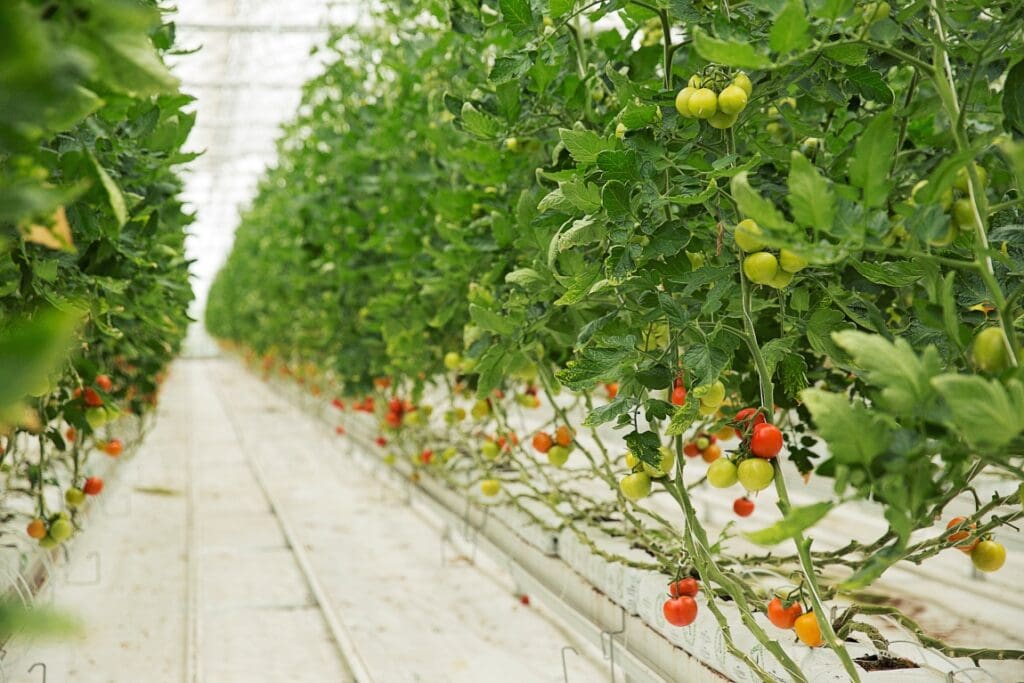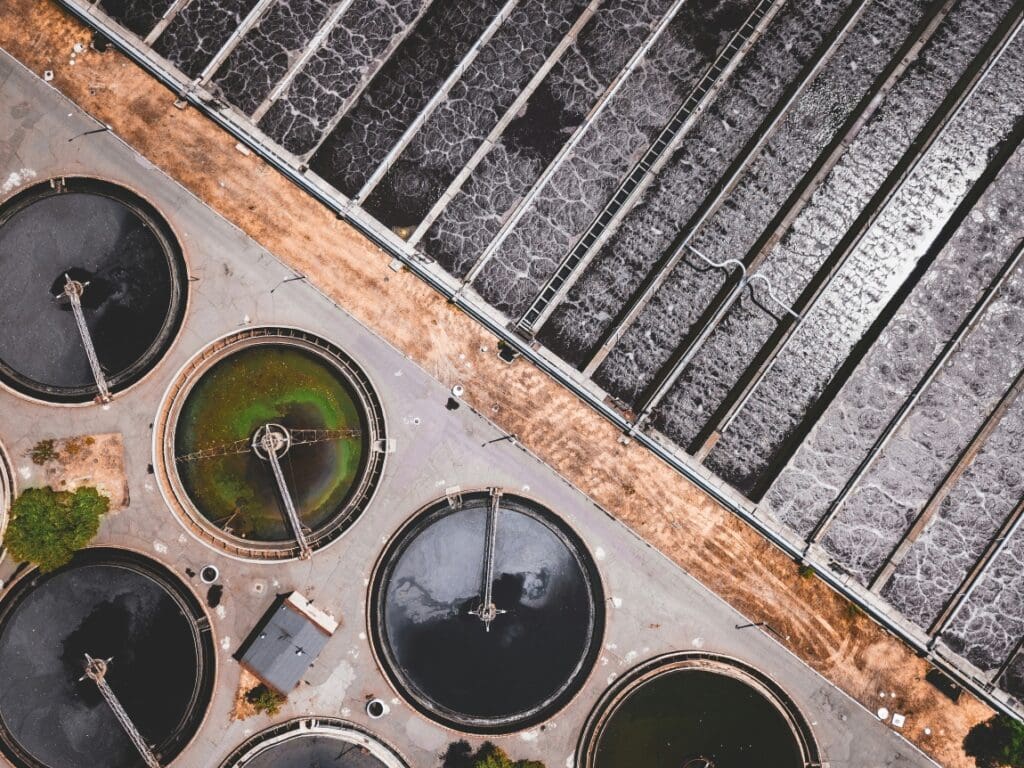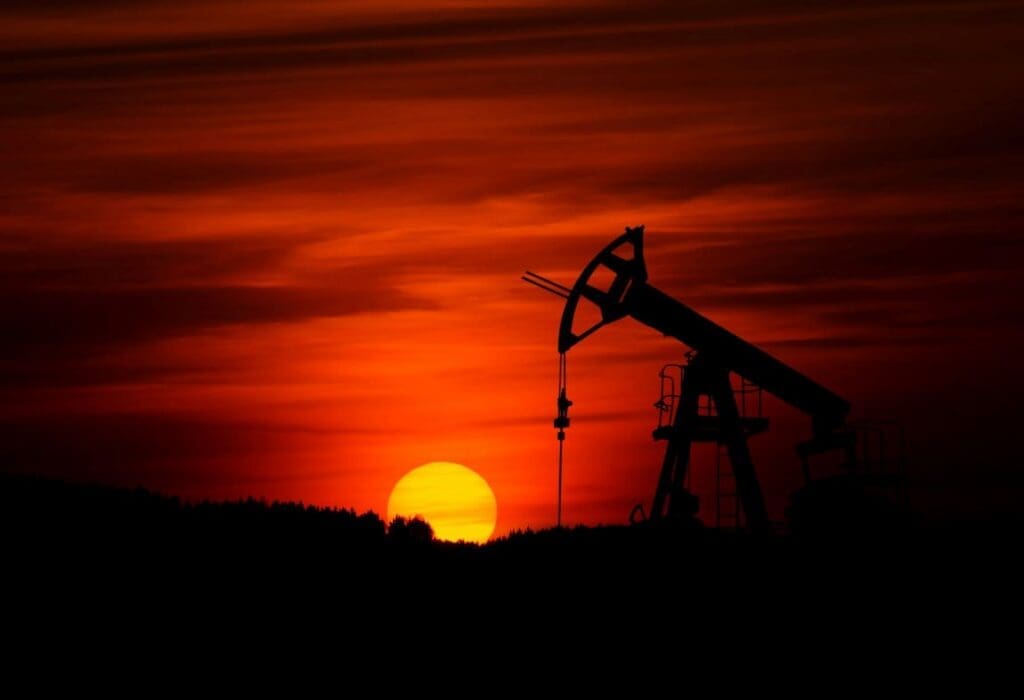Summary:
In the face of climate change and global biodiversity loss, a proactive strategy for protecting Pacific salmon habitats is offering a powerful model for conservation. A study published in Fisheries highlights how safeguarding intact salmon ecosystems across the North Pacific, known as “strongholds”, can provide far-reaching benefits for biodiversity, food security, and climate resilience. Led by Guido Rahr of the Wild Salmon Center, the research emphasizes a shift from reactive species recovery to forward-looking preservation of healthy, functioning river systems.
These strongholds — 119 distinct watersheds spanning Alaska, British Columbia, and the Russian Far East—are some of the most productive and diverse wild salmon habitats on Earth. Their protection supports fisheries, slows species decline, and stores an estimated 6.1 billion tons of carbon, equivalent to 3.5 years of U.S. emissions (at 2021 rates). The approach also complements recovery efforts elsewhere by focusing on systems not yet degraded. Over the past 25 years, the strategy has secured protections for 35.7 million acres of habitat and elevated wild fish diversity in 89 rivers.
By focusing on ecological integrity, strong local stewardship, and policy durability, the stronghold strategy creates a foundation for long-term resilience. As the authors note, scaling up this model could deliver meaningful contributions to the world’s 30 x 30 conservation targets.
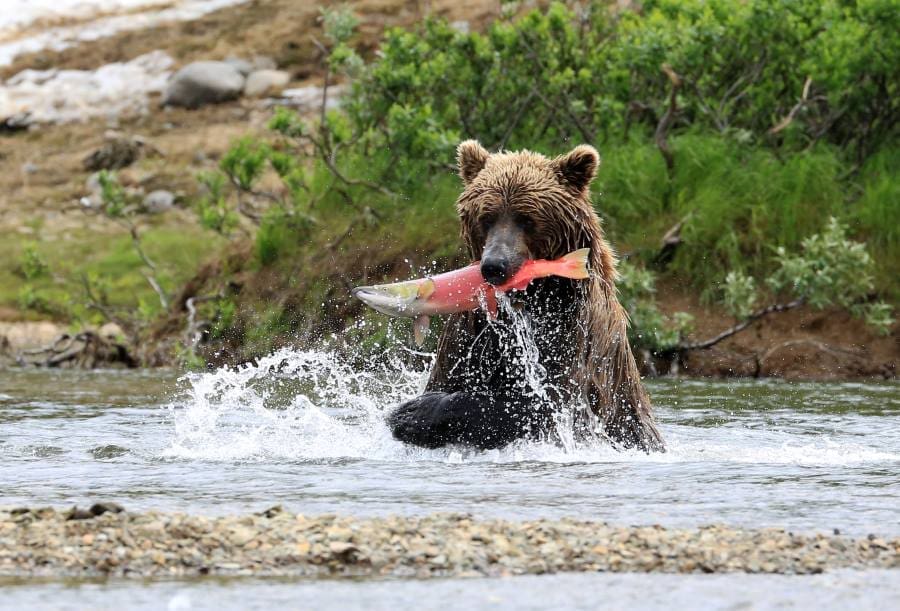
How proactive salmon conservation in the North Pacific can deliver global benefits
The new study in the journal Fisheries shows how a salmon-focused ecosystem protection strategy in the North Pacific can deliver meaningful results in the global drive to protect biodiversity.
The approach, called the stronghold strategy, aims to proactively protect the world’s greatest remaining “strongholds” — a select group of salmon, steelhead, and trout systems that collectively comprise 119 distinct watersheds. According to Wild Salmon Center President & CEO Guido Rahr, lead author of the peer-reviewed study, salmonids center the strategy because they are both iconic and globally recognized as keystone species.
For the past 25 years, WSC has deployed the stronghold strategy in rivers across the North Pacific, with impacts that ripple far beyond the rivers that salmon call home.
“When you protect salmon, you protect the benefits of healthy watersheds,” Rahr says. “The science is clear that salmon rivers can safeguard food security, species biodiversity, and climate resilience. So we built a strategy centered on strongholds — some of the best salmon river systems in the world.”
Strongholds are distinguished by their relatively high levels of wild salmon abundance, productivity and diversity, along with habitat quality capable of sustaining wild salmon for decades. They include vast and stunning places like Bristol Bay, Alaska, and the Skeena and Dean watersheds in British Columbia.
According to the authors, strongholds can play a key role in advancing the world’s 30 x 30 conservation goals. As some of the planet’s last large, intact landscapes, salmon strongholds sequester 6.1 billion tons of greenhouse gasses — roughly equivalent to 3.5 years of total U.S. emissions.
“Strongholds are already working hard on our behalf,” says study co-author and WSC Science Director Dr. Matthew Sloat. “We can build on their benefits by scaling up our stewardship, but time is a factor. The window is closing in which we can protect these systems from the threats that are breaking so many other salmon rivers.”
The authors note that the stronghold strategy aims to complement, rather than replace, different strategies to recover endangered salmon populations in systems degraded by development, harmful resource extraction, and other threats to wild fish. But in action, the stronghold strategy is uniquely proactive.
In the decades since the strategy’s conception, WSC and a network of partners have protected 35.7 million acres of overall habitat and prioritized wild fish biodiversity in 89 rivers across the North Pacific.
The study provides multiple case studies on the stronghold strategy’s impact. In Oregon, for example, NOAA Fisheries noted an increase in coho salmon population diversity following the strategic expansion of coastal “wild fish zones.”
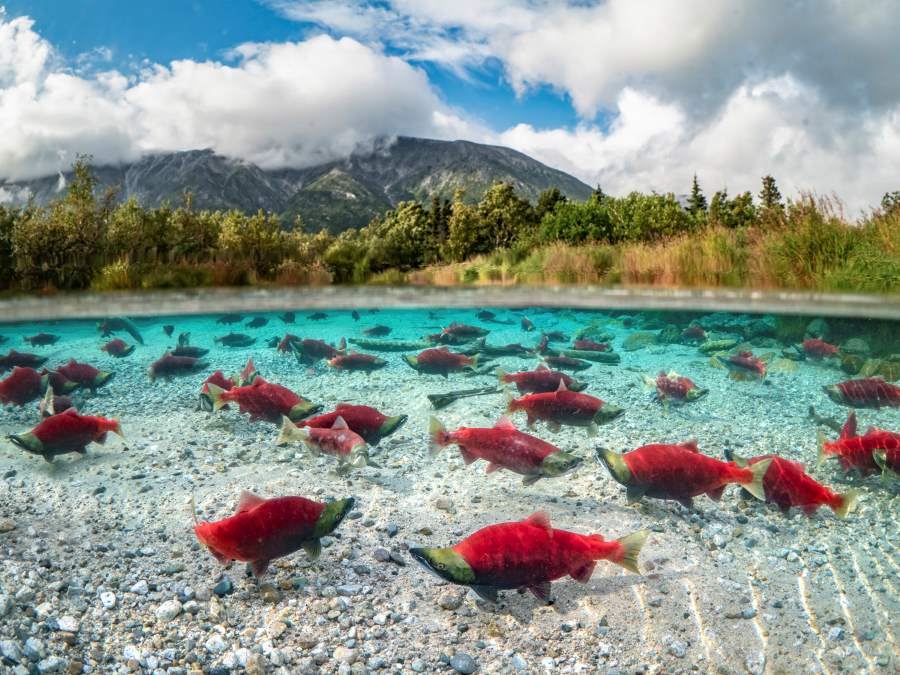
Another case study tracks the 2006 designation of Russia’s Kol watershed as the first World Heritage Site dedicated to salmon, as led by WSC and a coalition of Russian partners. The Kol’s whole-watershed protections became permanent in 2015, and have inspired the creation of nine additional large-scale protected areas for wild salmon across the Russian Far East.
“The stronghold strategy is already sustaining local fisheries, slowing the pace of biodiversity loss, and helping to mitigate climate change,” Dr. Sloat says. “The long-term protection of strongholds is one of the smartest, most cost-effective investments we can make for the health and wellbeing of future generations.”
The stronghold strategy aims to ensure that these systems will remain safe for decades, Dr. Sloat notes. For each system, success rests on achieving three pillars of durability:
- Layered habitat protection and restoration: Each stronghold needs policies that can protect land and water through shifts in politics and economic pressure.
- A fisheries management emphasis on wild fish biodiversity: According to Dr. Sloat, the rich genetic and life history diversity of salmon is the species’ superpower, enabling them to survive ice ages, floods, and dramatic climate changes.
- A culture of local stewardship: The enduring presence of local land and water guardians builds what Rahr calls a human “immune response” — community members ready to defend a stronghold from threats.
“The stronghold strategy is about more than ensuring a future that we can share with these amazing wild fish,” Rahr says. “It’s about a legacy of wild rivers and wild places that we inherited, and that we owe to our children and grandchildren.”
Journal Reference:
Guido R Rahr, Matthew R Sloat, William I Atlas, Jonathan L Hart, ‘Strongholds for Pacific salmon: A proactive conservation strategy for ecosystem health, food security, biodiversity, and climate resilience’, Fisheries vuaf011, (2025). DOI: 10.1093/fshmag/vuaf011
Article Source:
Press Release/Material by Wild Salmon Center
Featured image credit: The stronghold strategy aims to proactively protect the world’s greatest remaining “strongholds” — a select group of salmon, steelhead, and trout systems that collectively comprise 119 distinct watersheds. Explore the interactive stronghold map. Credit: Image courtesy Wild Salmon Center


